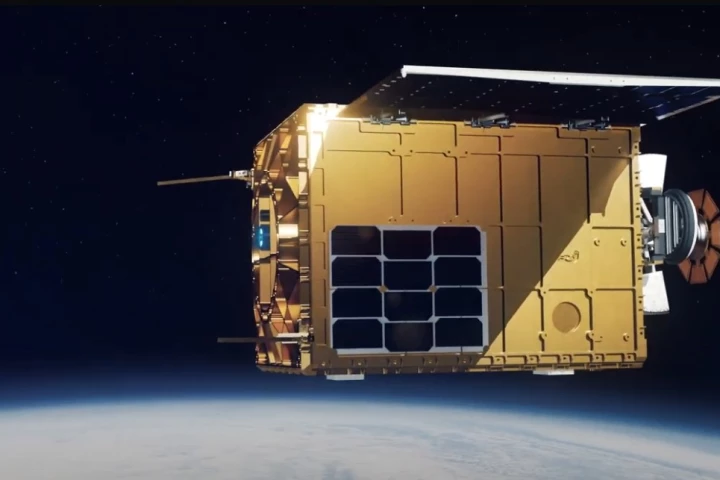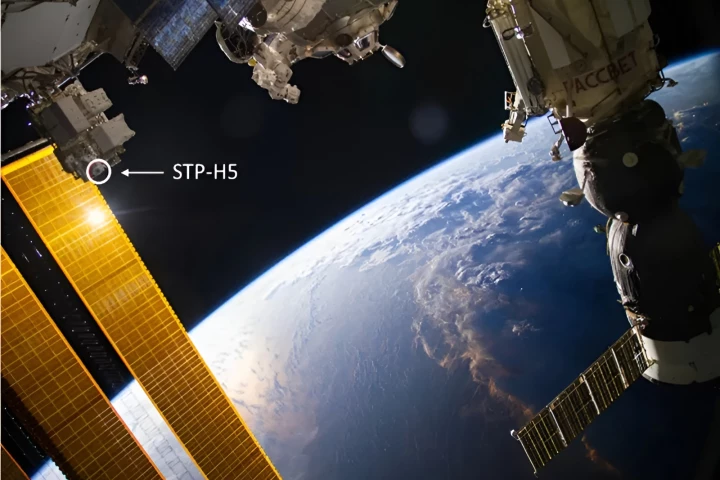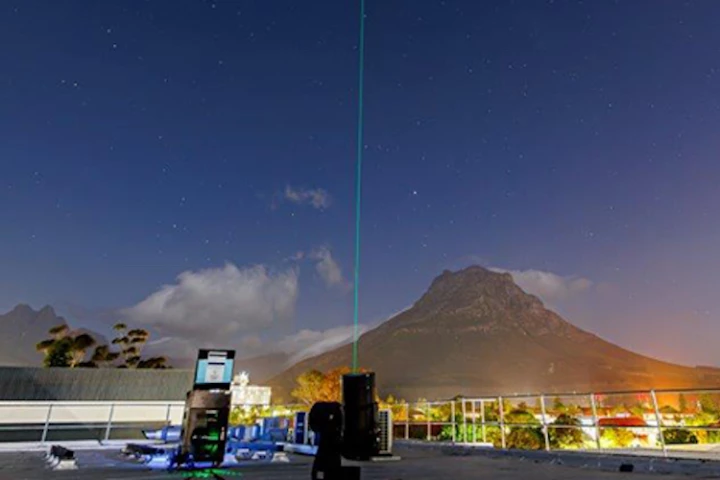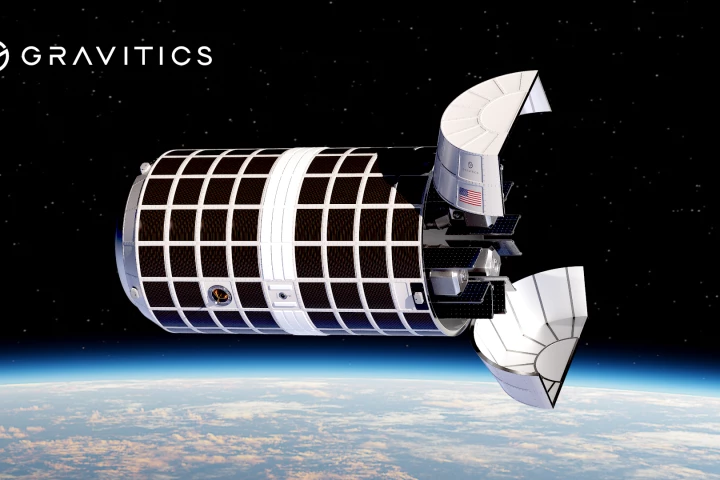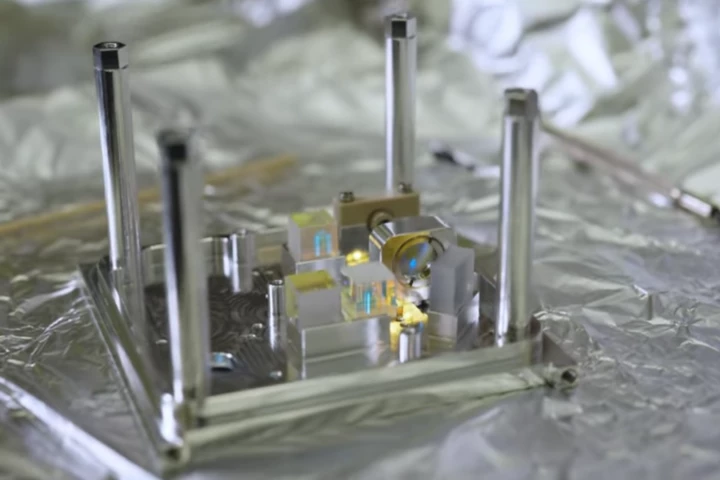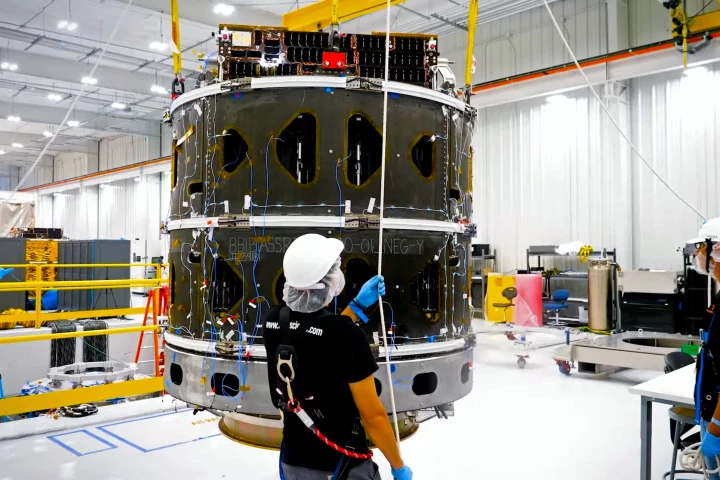Satellite
-
Satellites could have a longer life and space become a bit tidier if Starfish Space's Otter Pup 2 mission pans out. Scheduled to launch later this year, it aims to demonstrate how a small craft can dock with unprepared satellites for service or disposal.
-
Given the fact that satellites orbit amongst one another at thousands of miles per hour, it's important to know exactly how fast they're going. A new device offers an improved way of doing so, and it's appropriately named the Spacecraft Speedometer.
-
Northrop Grumman has written a new line in the history books, the company's Mission Extension Vehicle 1 (MEV-1) executing the first undocking of two commercial satellites in geosynchronous earth orbit (GEO) – heralding a new age of commercial space operations.
-
The world’s longest quantum communications link has been set up between China and South Africa, spanning a record-breaking 12,900 km (8,015 miles). The connection takes advantage of quantum physics for “unbreakable” encryption.
-
The US Space Force has a contract worth up to US$60 million to develop and fly a kind-of aircraft carrier in space. No, it's not the result of a major typo. It's intended as a way to station space vehicles to quickly counter orbital threats.
-
The first satellite in a constellation designed specifically to locate wildfires early and precisely anywhere on the planet has now reached Earth's orbit, and it could forever change how we tackle unplanned infernos.
-
Dark matter is thought to outnumber regular matter by a factor of five to one – so why can’t we find the stuff? A new study proposes looking for it from space, using a satellite containing a levitating piece of graphite and a laser.
-
Starlink isn't the only American company to offer direct-to-cell satellite connectivity. AST SpaceMobile has been at it for years and was the very first company in the world to "phone home" from space. Now it's looking to provide 100% coverage of the US.
-
If you've ever found yourself in a dead zone, maybe you find solace in the quiet. Or maybe you've found yourself in an emergency and help is not coming. Either way, the ability to connect if and when you need to has its merits.
-
If you're an avid outdoorsperson who explores nature with their dogs, the Satellai tracker could keep your pooch safe in the wilderness. This solar-powered gadget can beam your dog's location straight to your phone using satellite connectivity.
-
Known for its budget Android phones, HMD has launched a potentially life-saving product for adventurers. Its OffGrid accessory pairs with any smartphone and enables texting via satellite networks – so you can reach people from the middle of nowhere.
-
SpaceX has just launched 20 of its Starlink satellites up into Earth's orbit, enabling direct-to-cellphone connectivity anywhere on the planet. That completes the constellation's first orbital shell, following a test of six satellites back in January.
Load More
